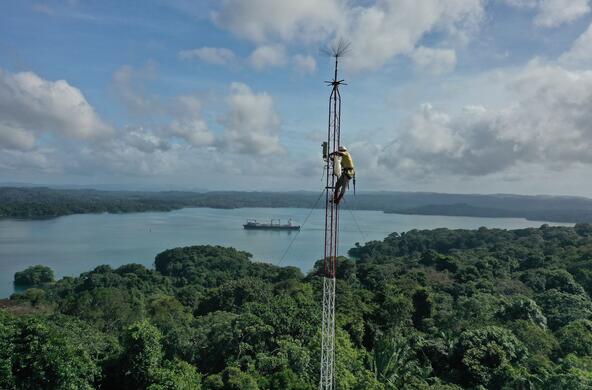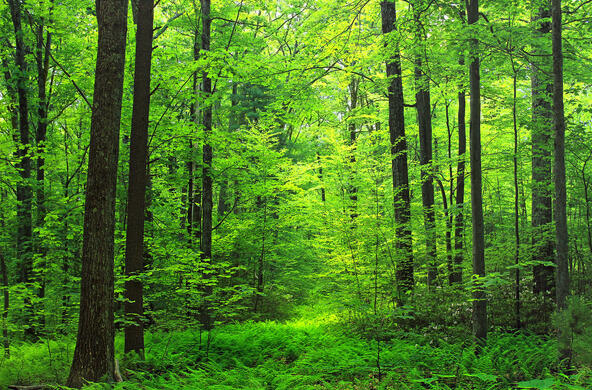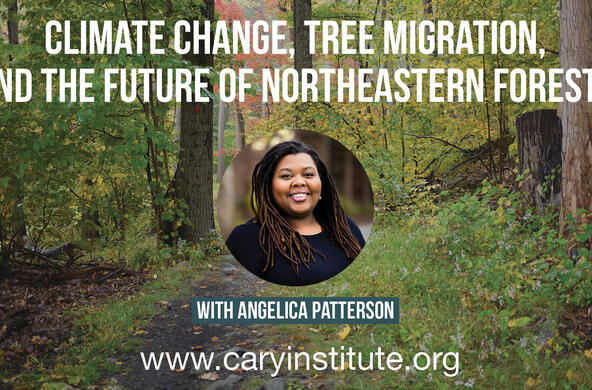The future's in the air
I can feel it everywhere
Blowing with the wind of change
Scorpions, Winds of Change, 1990
A few weeks ago, when Apex Clean Energy of Charlottesville, Virginia announced its plans to build a 126-MW wind farm in rural, eastern Maine, I braced myself for an onslaught of outrage from local citizens. With thirty 650-feet tall towers, it is said that the wind mills would spoil the wilderness, kill birds, have no impact on our electric bills, and not reduce carbon dioxide emissions to the atmosphere. It is worth spending a few minutes to evaluate where we stand with wind power.
When we wake up in the early morning, and flip the light-switch, we want light. We want our cell phone to have recharged overnight and the coffee pot to produce a strong cup of java to start the day. Most of us take this for granted and few think about where the energy comes from. We have accustomed ourselves to the output of coal- or nuclear-fired power plants, usually located a comfortable distance away from our home.
Now with the realization of climate change and a few big nuclear-plant disasters, we are faced with the pursuit of alternative sources of electric power generation, particularly as old power plants are retired. Wind-farms get a bad rap; no one wants one near their home. But, would you want a new coal-fired power plant or nuclear plant nearby as an alternative?
It is now cheaper to produce electricity from wind mills (or solar panels) than from coal-fired or nuclear power plants, and wind mills emit no carbon dioxide to the atmosphere in their operation. (The energy used to obtain materials, fabricate parts, and construct a wind farm is largely paid back within a year or so of their operation). The emissions from a coal-fired power plant average 800 grams of carbon dioxide per kilowatt-hour of electricity; for windfarms the emission is less than 20. Carbon dioxide is changing our climate and we must respond with some major changes in how we provide the energy that we all have come to expect.
Those who would expect their electric bills to drop with the construction of a new wind farm don’t understand the connectivity of the modern electric grid, where power generated anywhere is distributed everywhere and sets the average composite price for everyone. Just as dog food is not cheaper near the slaughter-houses of the Midwest, no one is an island in a grid-connected world.
Wind gets a bad rap for killing birds. No doubt, there are some collisions between birds and wind mills, but a recent study by the Ecological Society of America finds wind-mill induced mortality is much lower than that derived from free-roaming cats and bird collisions with buildings. If you are against wind power because it kills birds, you should be in favor of a nationwide open season on cats.
Wind-farms located in rural areas minimize the impacts of noise and flicker on local residents. Rural wind farms provide supplemental income for farmers, including the struggling blueberry farms in eastern Maine. Off-shore construction is slightly more costly, but provides greater output as a result of normally higher wind speed over the ocean. Nevertheless, off-shore wind power often incurs the wrath of coastal residents.
Wind power will not be a nirvana—the cure of all our energy needs. We will need to improve utility -scale energy storage with batteries and connectivity to other sources of energy (hopefully also renewable) via the grid. Nevertheless, wind power is an important component of any program that insures future energy independence and avoidance of climate change.
Currently most of the objection to wind-farms stems from aesthetics—they can be ugly on the landscape. Are they any uglier than an air polluting, coal-fired power plant next door? Not if you want your light to come on in the morning.
References
Ecological Society of America. 2019. Issues in Ecology # 21
https://www.esa.org/wp-content/uploads/2019/09/Issues-in-Ecology_Fall-2…
Haapala, Karl R. and P. Prempreeda. 2014. Comparative life cycle assessment of 2.0 MW wind turbines. International Journal of Sustainable Manufacturing DOI: 10.1504/IJSM.2014.062496
McDonald, R.I., J. Fargione, J. Eiesecker, W.M. Miller and J. Powell. 2009. Energy sprawl or energy efficiency: climate policy impacts on natural habitat for the United States of America. PLOS ONE doi: 10.1371/journal.pone.0006802
McElroy, M. 2016. Energy and Climate: Vision for the Future. Oxford University Press
Schlesinger, W.H. 2019. The answer is blowing in the wind







